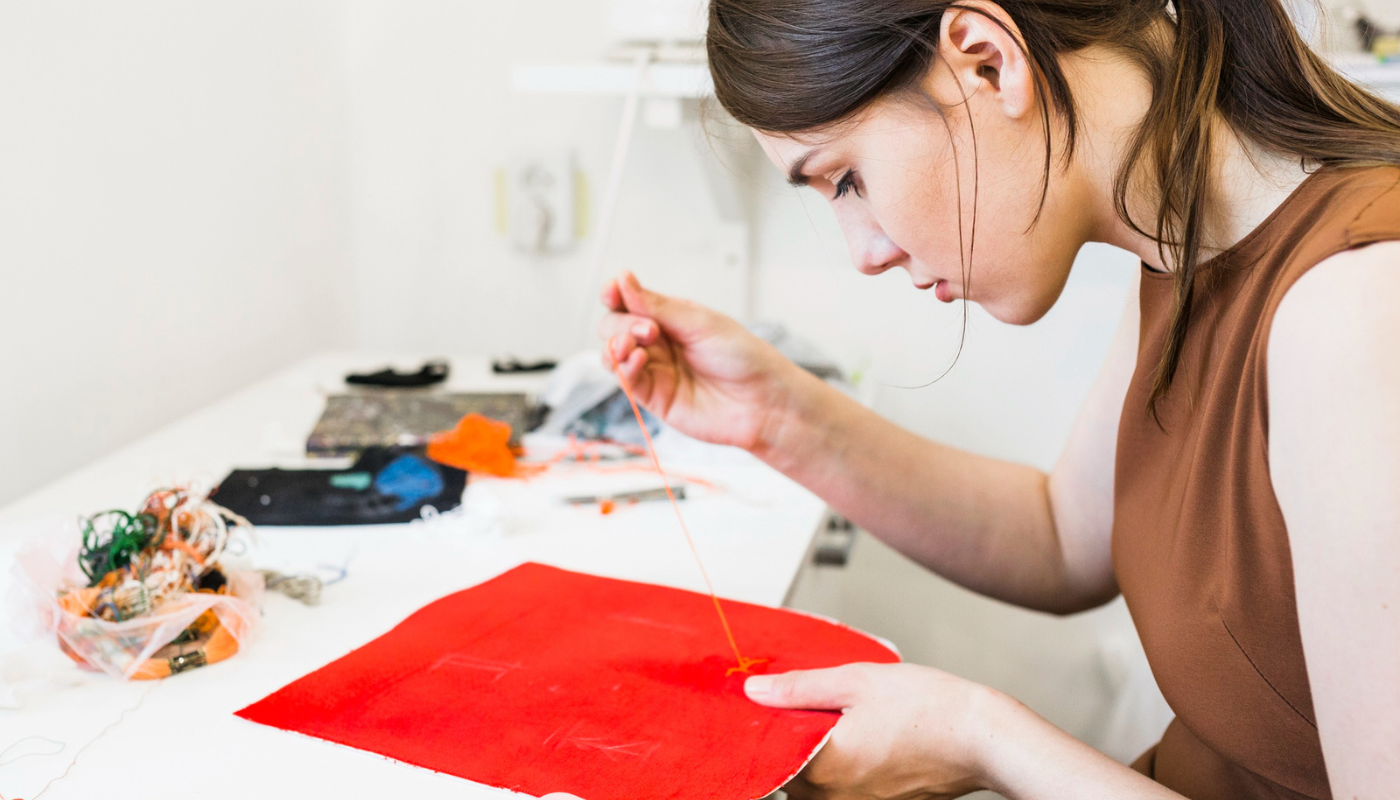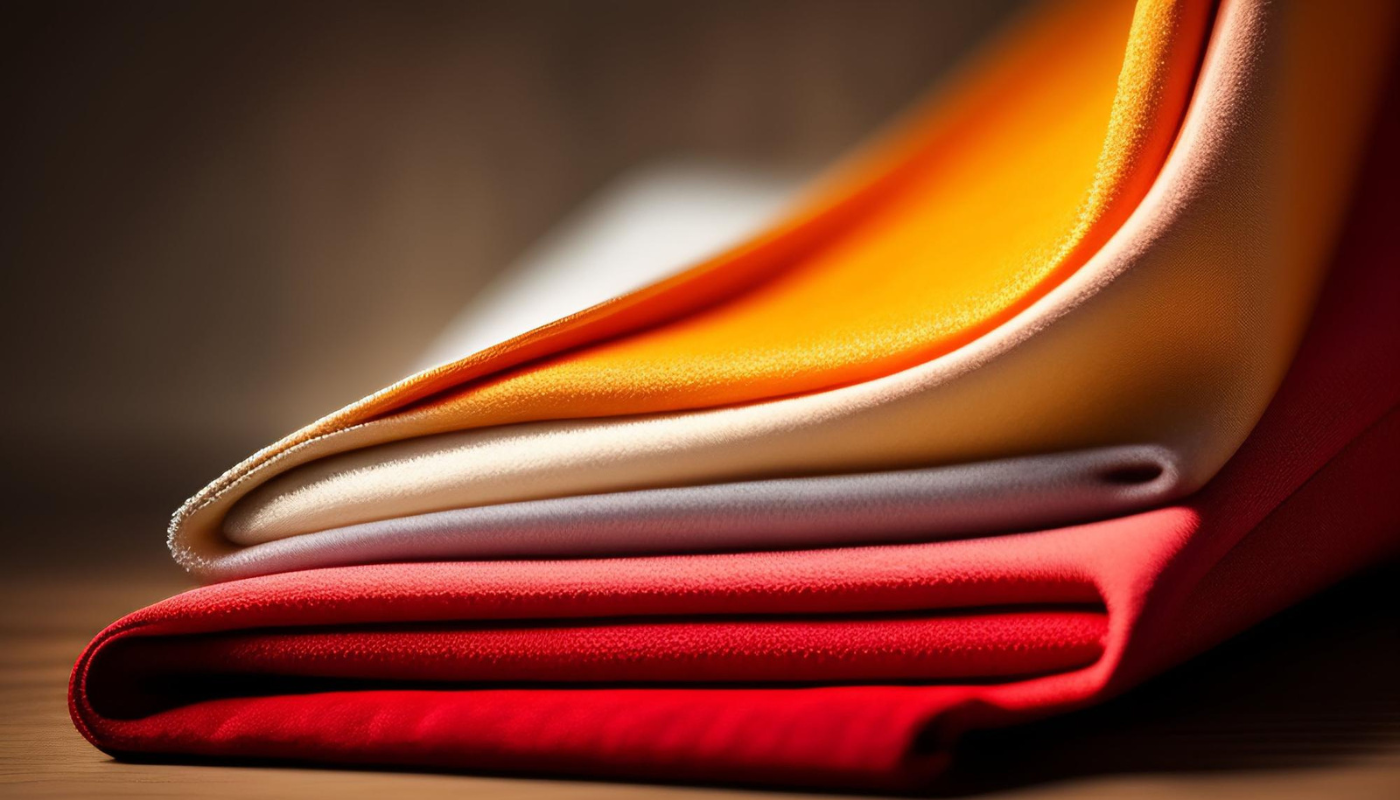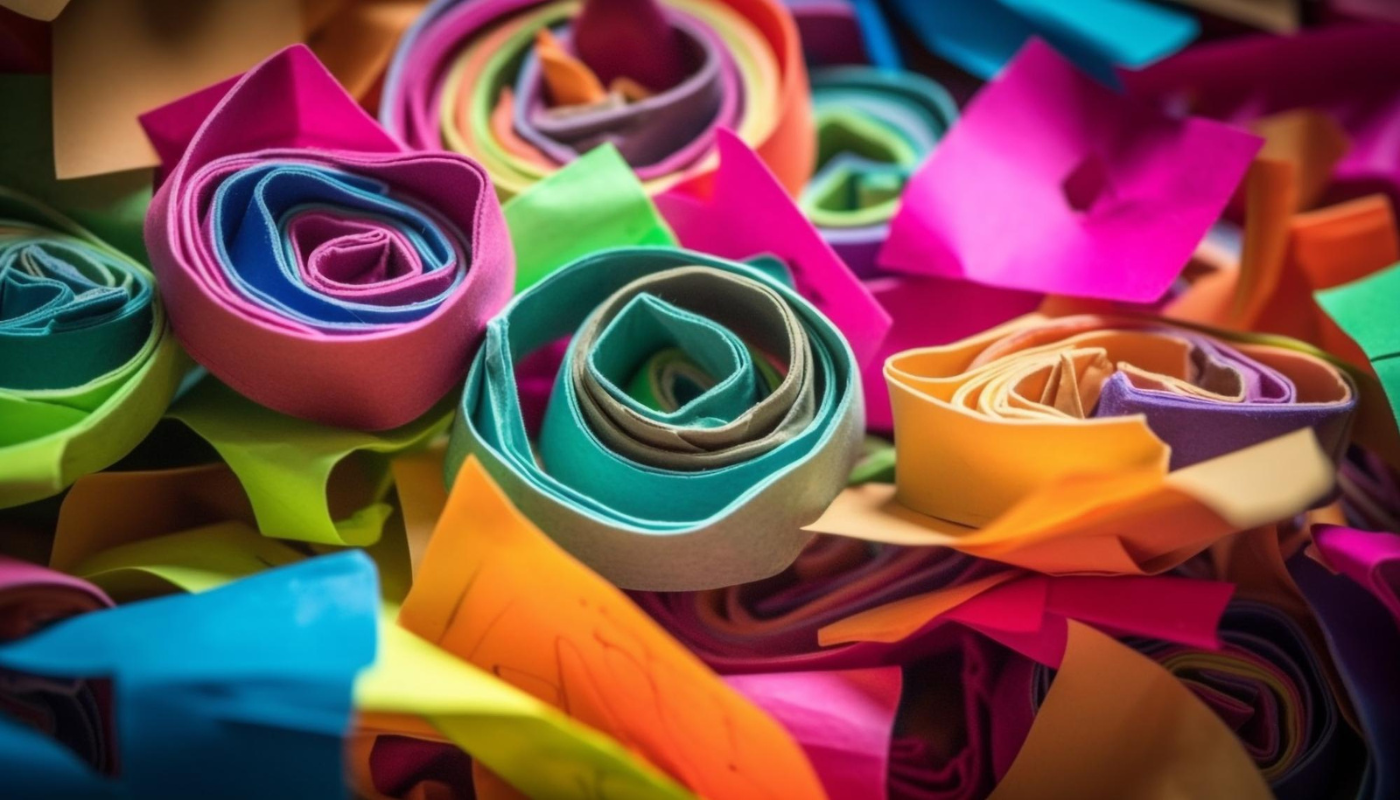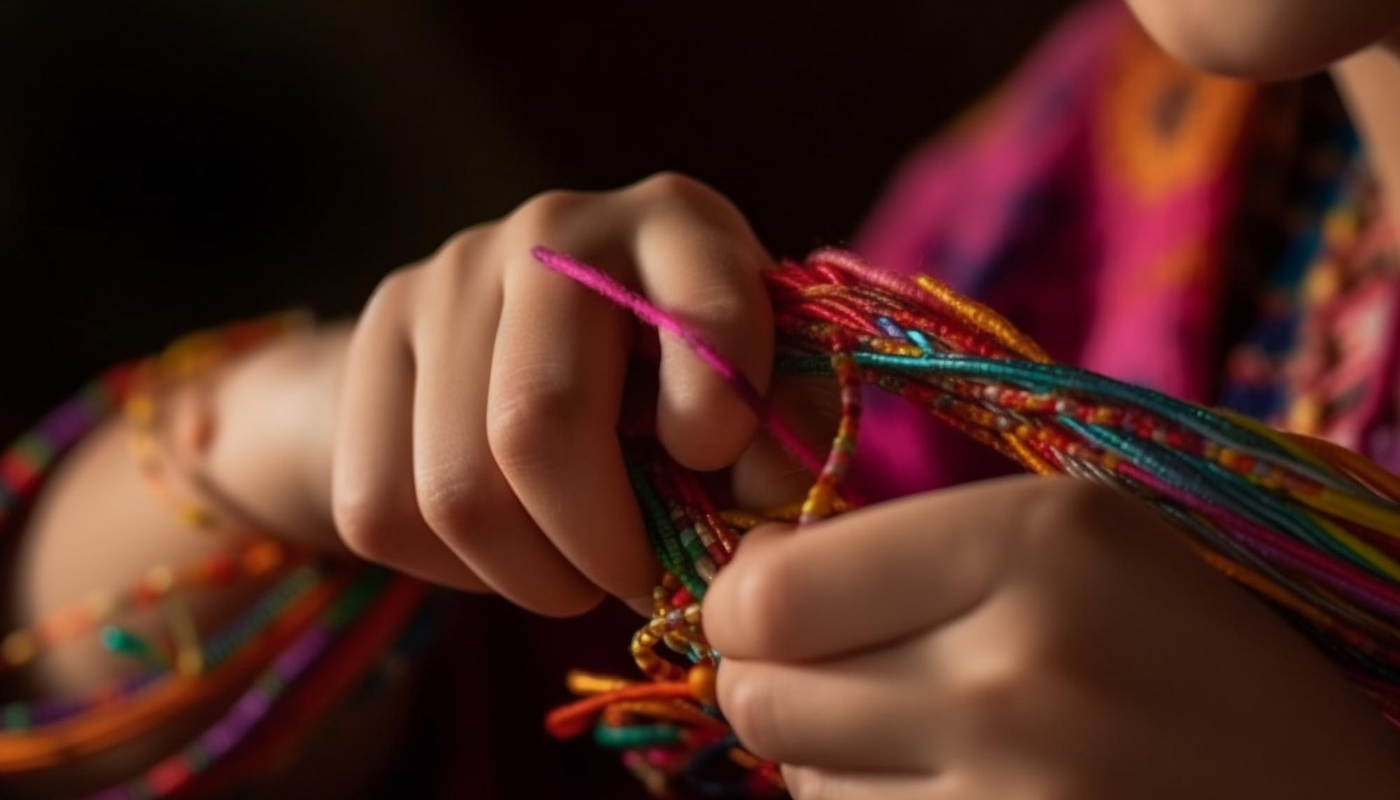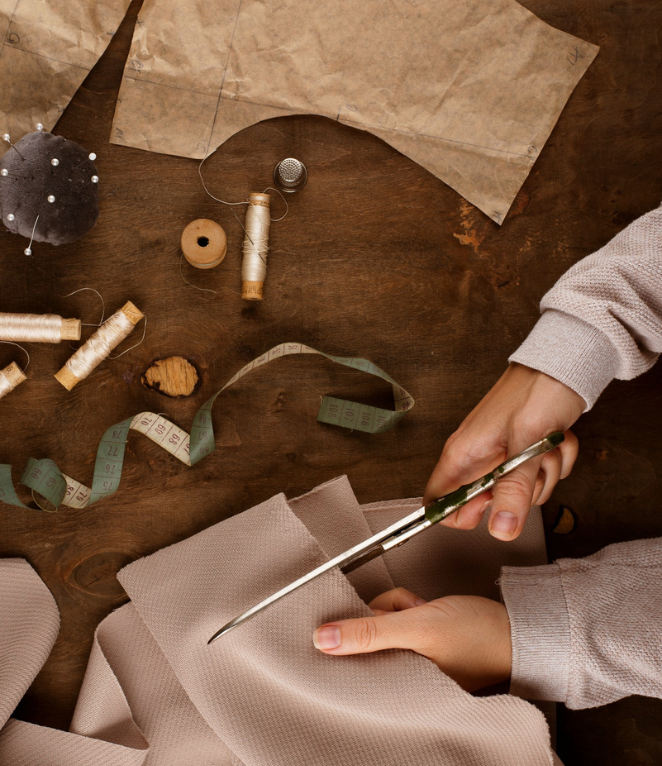
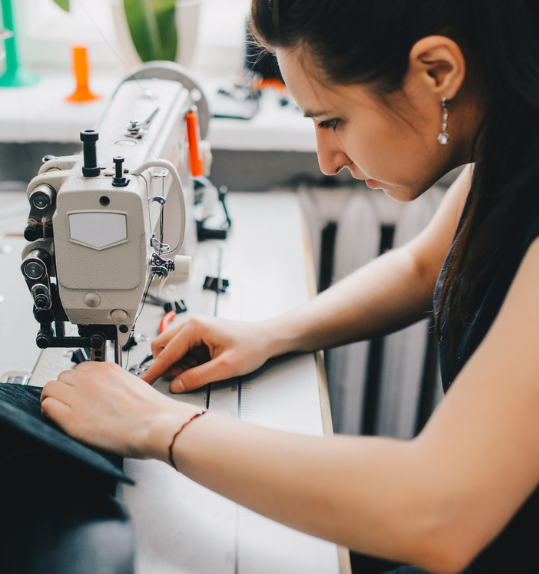
Assessment of Damage
Assessment of Damage is the first and most crucial step in textile repair and restoration. It involves thoroughly inspecting the fabric to identify all areas of damage, including tears, holes, discoloration, or wear. This step helps determine the extent of the damage and whether the fabric can be restored or needs replacement. The fabric type and its original weave or knit structure are also evaluated, as they influence restoration approach.
- Inspect the fabric for tears, holes, fading, visible signs of wear.
- Consider the fabrics type, weave, to determine the repair method.
- Examine any patterns that repairs match the original design seamlessly.
- Whether the damage is structural to decide level of intervention.
